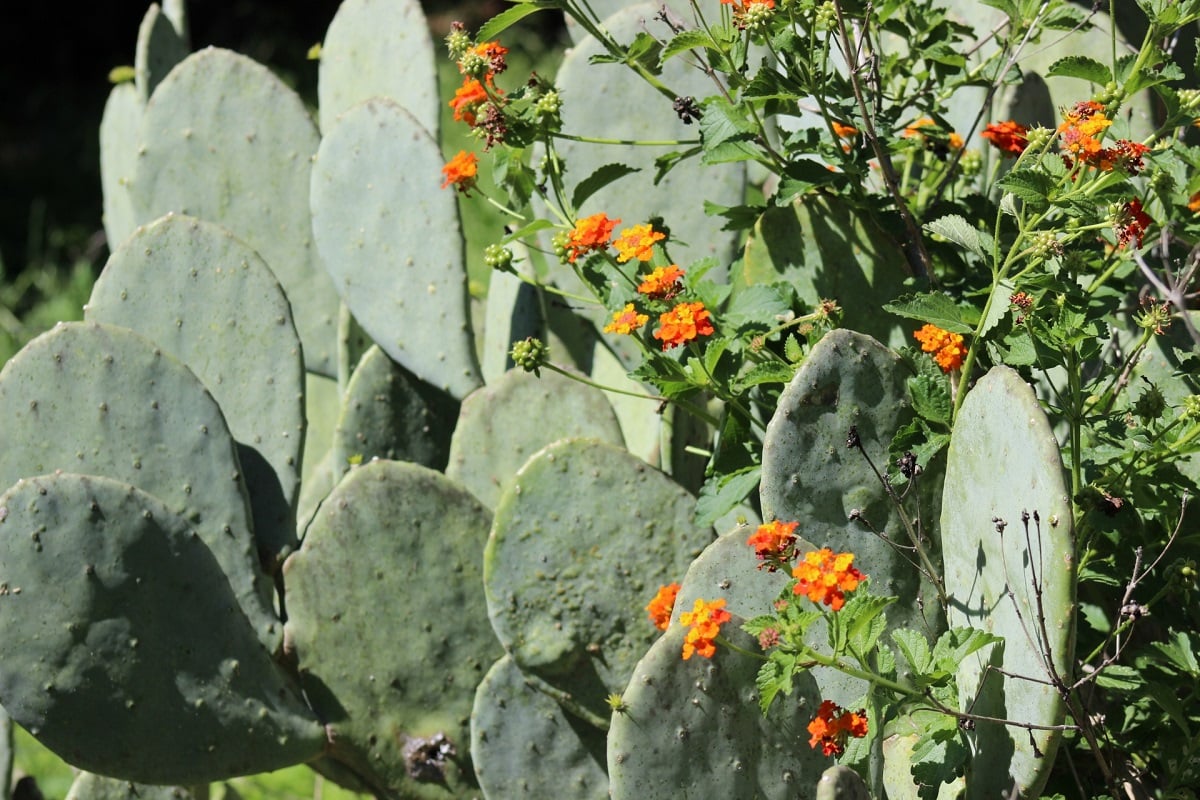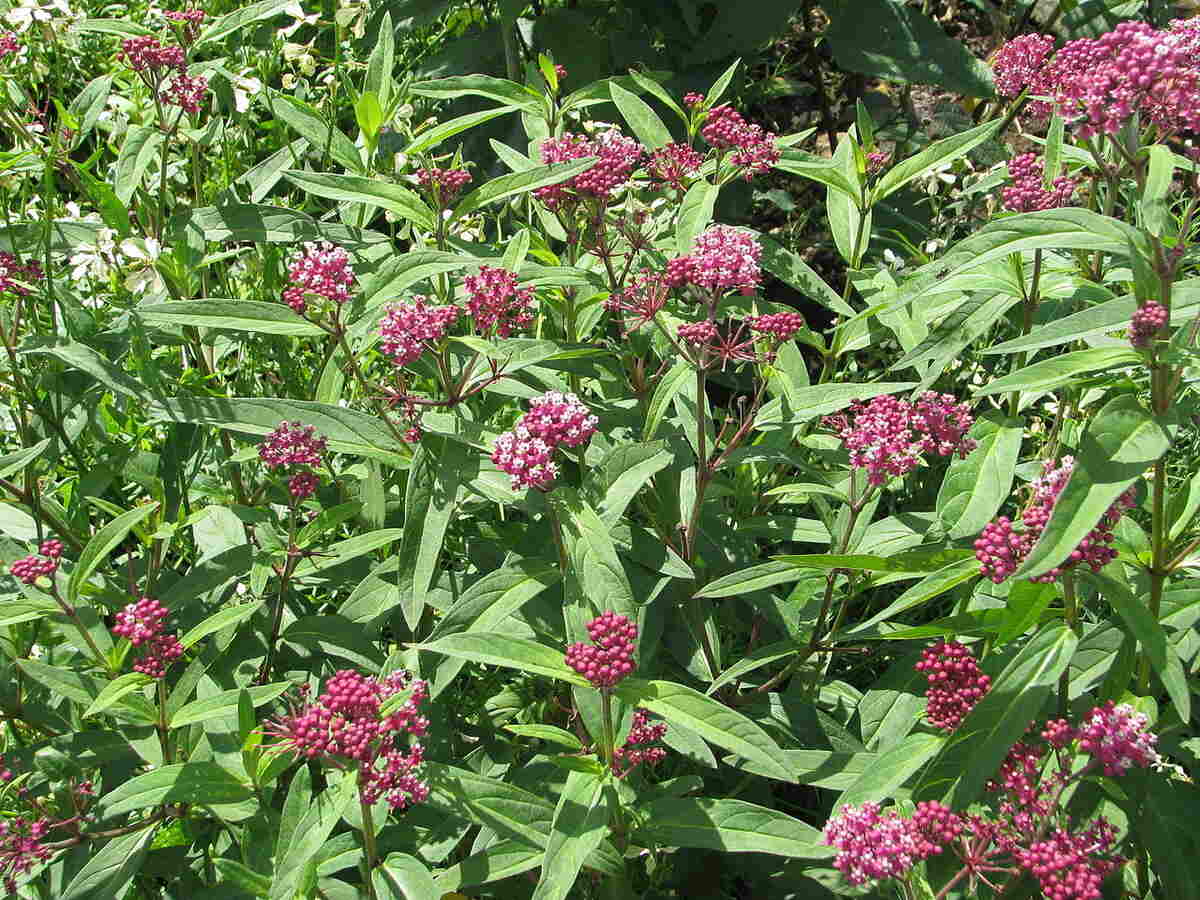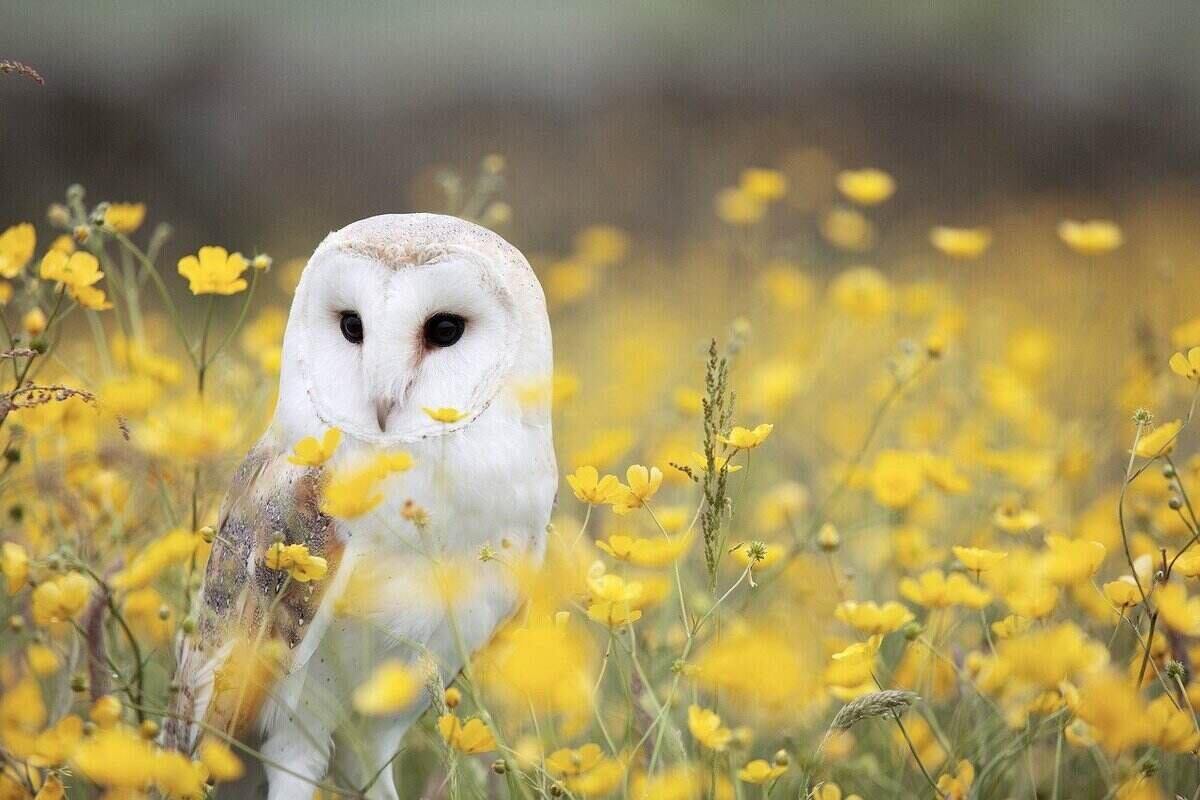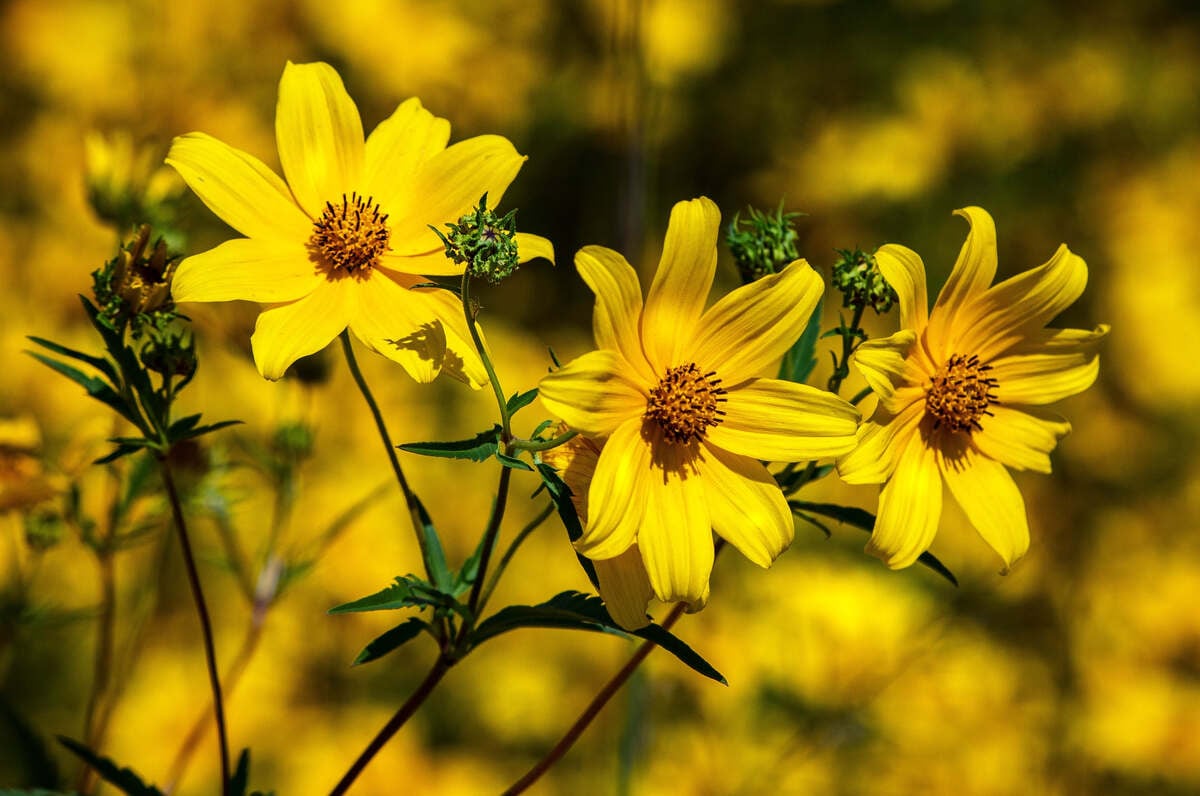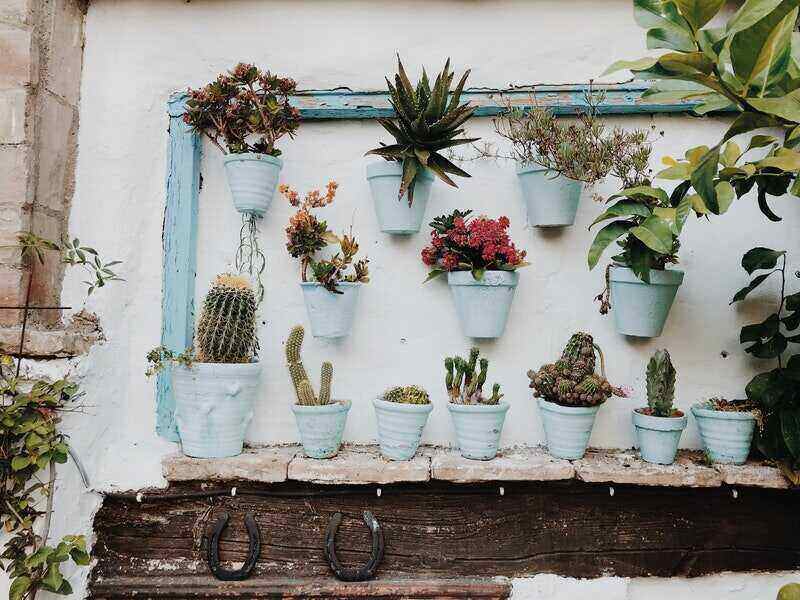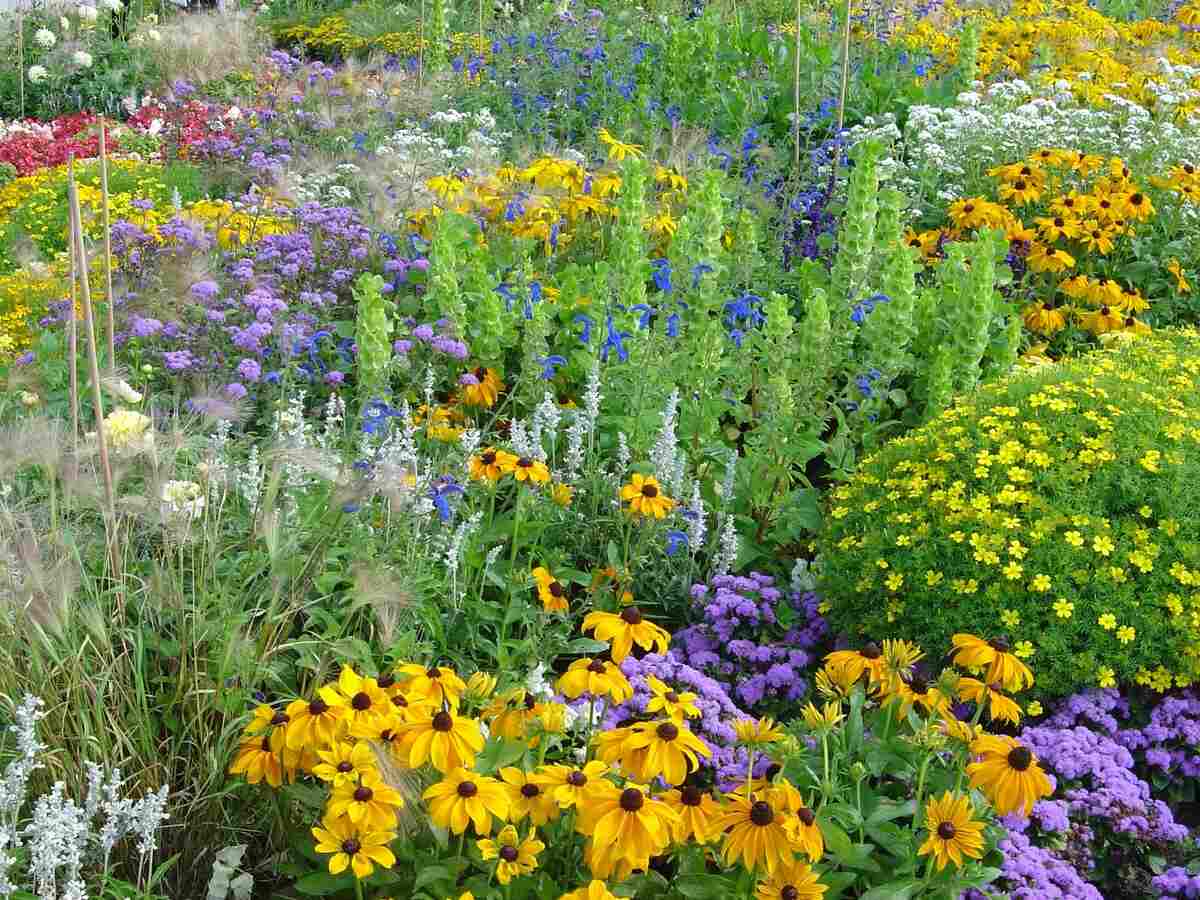
As homeowners search for organic solutions to benefit their lawns and ecosystems, adding biodiversity to the lawn can do both with an extra aesthetic appeal. A biodiverse lawn is also a great way to help fight against climate change and protect the local environment. Read on to learn more about ways to encourage biodiversity in your yard and the benefits thereof.
From growing native plants to attracting pollinators and using compost, you’ll find a wealth of ways to make your outdoor space a haven for biodiversity.
What is Biodiversity?
Biodiversity is the variety of plant and animal life in an ecosystem — in this instance, your yard.
Lush green lawns are a lovely sight, but they’re not always biodiverse. Many grass species are non-natives, and common pest and weed control strategies can eliminate the beneficial insects and other species that call your lawn home. This creates monocultures: planting schemes of only one species.
Monocultures are unfavorable for a number of reasons. You’re likely to face more problems with pests if they’re unchecked by natural predators, and one bad outbreak of a lawn disease can wipe out your entire yard.
The solution is to encourage biodiversity in your landscape by planting various native plants and applying natural control measures for unwanted bugs and weeds.
8 Ways to Encourage Biodiversity in Your Yard
Encouraging biodiversity in your yard is just a matter of making your space welcoming to the local critters who call your area home. Plus, many of the ways to make your yard more biodiverse are simple changes. Read on to learn a few ways to add biodiversity to your lawn.
1. Grow Native Plants
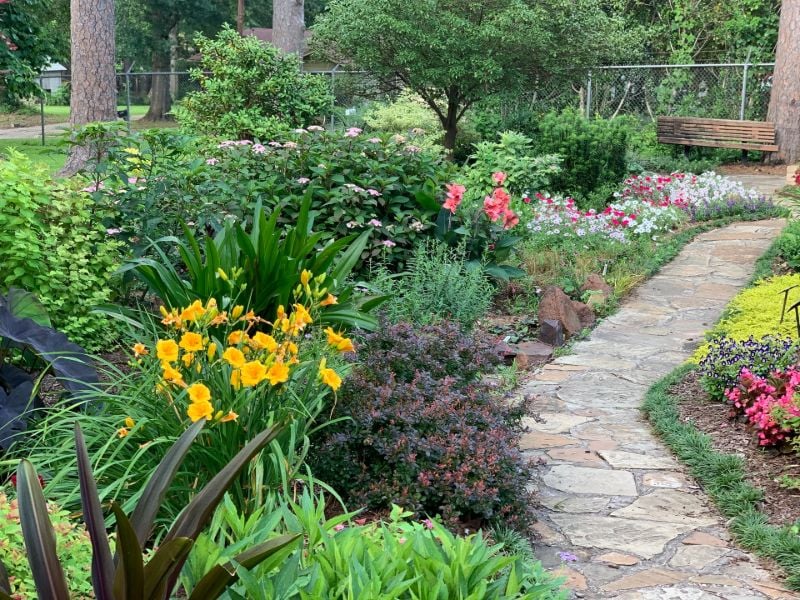
Growing native plants and wildflowers in your yard is a low-maintenance solution that saves you time and money while making your yard more biodiverse at the same time:
- Native plant species are hard-wired to your environment, meaning many of them are naturally drought-tolerant and perennials.
- They won’t require pesticides or fertilizers, which is much better for the environment.
- The native biodiversity in your lawn will naturally attract plenty of beneficial critters who already know and love them.
Pro tip: Have you considered switching your traditional grass lawn for a native grass one? Among their various benefits, native grasses provide wildlife habitat, are a valuable food source for beneficial pollinators, and help reduce soil erosion.
2. Attract Pollinators
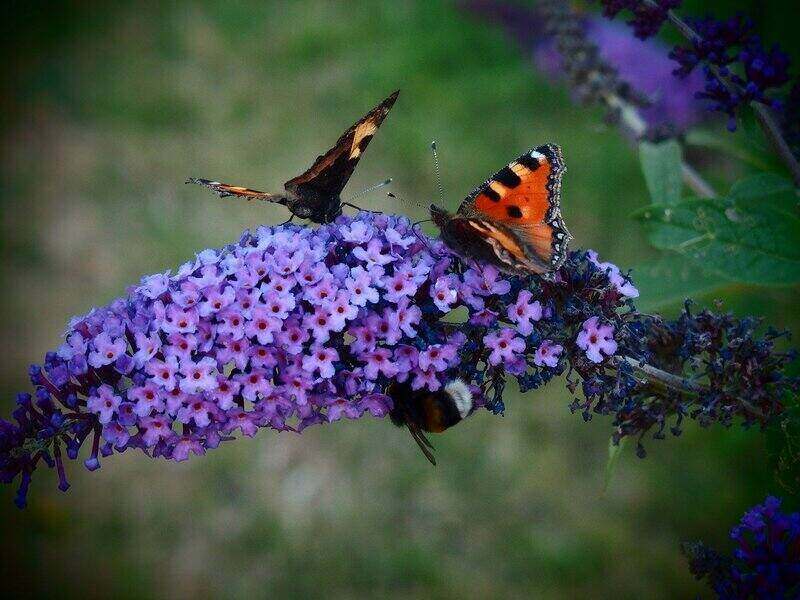
Pollinators, like butterflies and native bees, are key to increasing biodiversity in your yard. In your garden design, make room for a pollinator garden with plants that provide food and shelter for them. Here are two suggestions:
- Milkweed is a pollinator super-plant with native varieties across the country and an essential plant to the Monarch butterfly lifecycle.
- Bee balm provides a fragrant pop of color that both butterflies and other beneficial pollinators love.
3. Go Organic
Eliminating the use of pesticides, fertilizers, and herbicides is a great way to let nature thrive in your lawn.
Increasing biodiversity doesn’t have to mean opening the gate for pesky garden pests and lawn diseases, though. Plenty of organic pest control and weed control alternatives are out there. Some examples are:
- Neem oil spray helps control leaf-eating beetles.
- Beneficial nematodes control grubs and other pests in the soil.
- Diatomaceous earth (DE) can be used to control a wide range of harmful insects.
Another benefit of going organic: Avoiding non-organic fertilizers and pest control means you can protect the beneficial insects that keep pests in check on their own.
4. Create Compost
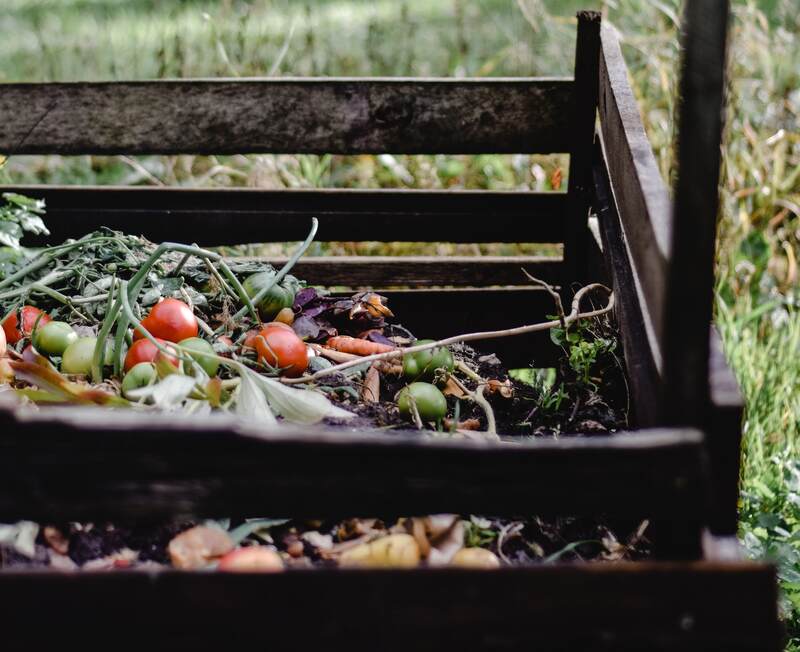
In some cases, the best way to create a biodiverse yard is to do nothing: Allowing organic matter like stumps and leaves to decompose naturally in your yard does wonders for your soil and can even create habitats for fungi and certain animals.
However, organic matter can lead to unwanted pests and fungi like fairy ring or carpenter ants, so use caution when deciding if you want to leave it out to decay on its own. If you don’t want to risk it, add your stumps and leaves to a designated compost bin.
Pro tip: Mulch is another great measure to enrich your soil. You can improve your lawn with mulch in the simplest ways: Reuse your grass clippings as mulch instead of throwing them away.
5. Go No-Mow or Low-Mow
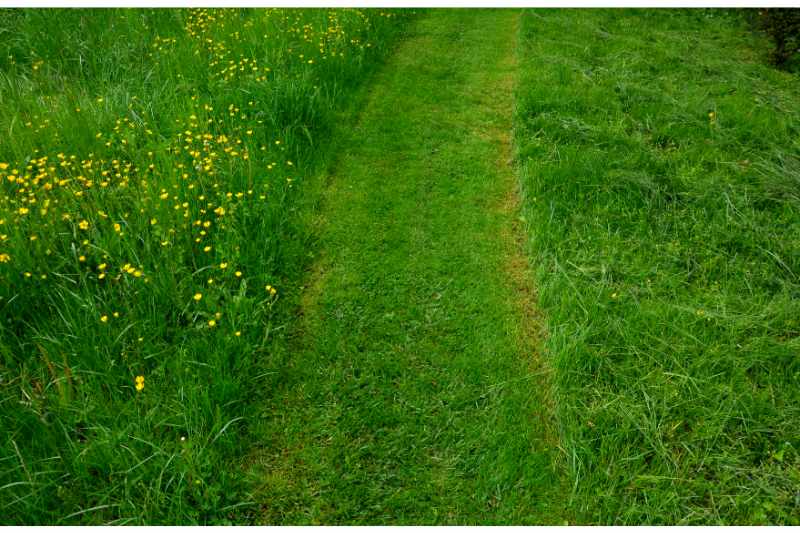
Mowing turfgrass at the highest recommended height isn’t only great for reducing lawn stress. Taller grass also allows more beneficial insects to thrive in your yard, decreasing pest populations and benefiting the ecosystem.
Balance your low-mow meadows with mowed buffer regions, particularly on the edges of your property. This will avoid potential conflicts with neighbors and introduce room for leisure and play while keeping your yard welcoming for critters of all sizes.
Pro tip: Ground cover plants are a great substitute for turfgrass and a low-maintenance option. Some native grass options, like Buffalograss, also require very little to no mowing.
6. Invite Local Wildlife
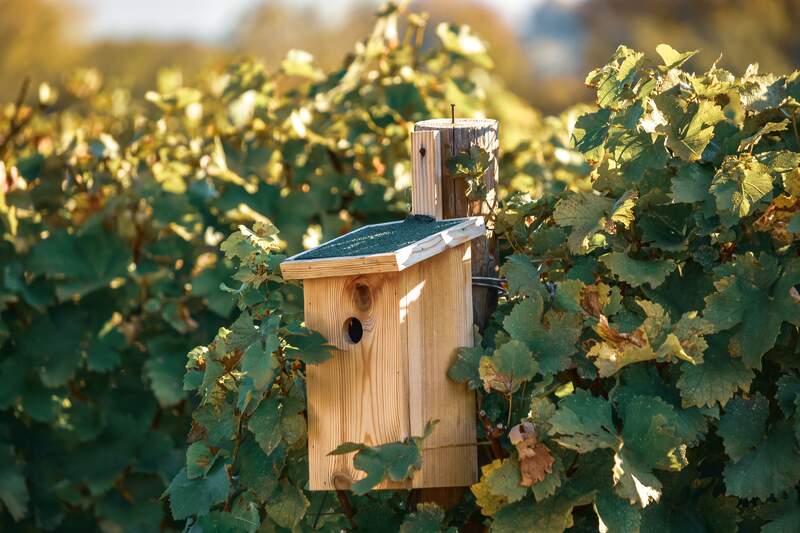
In addition to insects, small mammals and birds can have a huge impact on the biodiversity of your landscape while also keeping pests like ticks and mosquitoes in check.
Attracting birds and other wildlife to your yard is a great way to encourage local wildlife to stop by with a few small additions to your landscape design. Here are a few ideas:
- Birdhouses
- Bird feeders or hummingbird feeders
- Bat houses
7. Add a Water Source
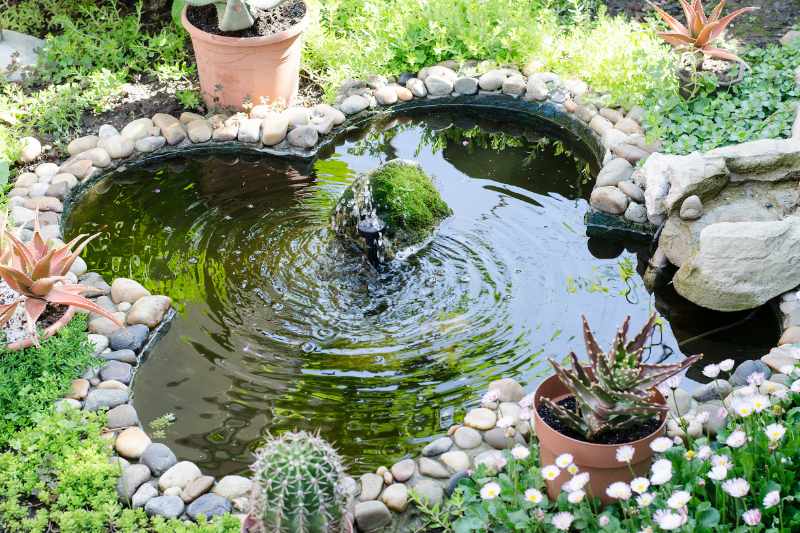
In addition to adding food and shelter sources, add a water source to your landscape to turn your yard into a certified wildlife habitat, encouraging the beneficial wildlife to visit and aid your ecosystem. Water sources can be as small as a bird bath or a backyard pond or as large as a waterfall — whatever works for you and your yard.
Here are just a few of the animals water features can attract:
- Deer
- Dragonflies
- Frogs
- Birds
8. Remove Invasive Plants
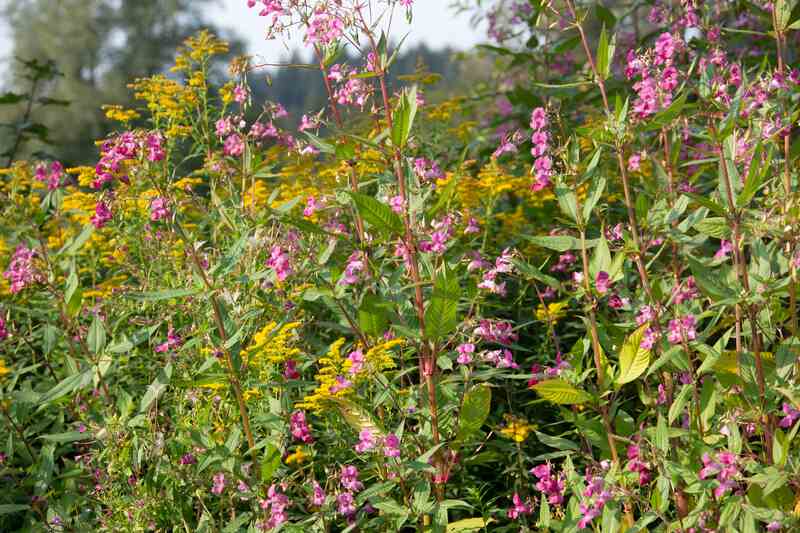
Invasive plants crowd out natives and suck up nutrients from your soil. This isn’t good for your yard’s health and terrible for biodiversity — the invasives will prevent native plants from thriving and turn away beneficial species.
If you’re looking to encourage biodiversity in your yard, decide on a strategy to keep invasive plants from taking over. You can opt out of planting them entirely or stick to container gardening to enjoy your favorites without letting them go crazy in your garden.
Common invasive plants include:
- English ivy
- Japanese honeysuckle
- Yellow toadflax
- Mint
Benefits of Biodiversity in the Landscape
- It keeps soil healthy. Allowing for natural processes like decomposition in your yard introduces nutrients back into the soil to keep your garden growing strong.
- It’s educational. Having a thriving natural landscape is a great way to teach kids more about science and the environment.
- Deals with pests naturally. Creating a more biodiverse lawn means creating more habitats for beneficial insects and wildlife that feed on common lawn pests. Opting for organic pest control can cut down your reliance on pest control altogether.
- It’s good for the environment. A more biodiverse yard doesn’t only benefit you, it’s also great for the ecosystem around you. Biodiverse landscapes allow you to fight climate change from your own backyard.
FAQ About Lawn Biodiversity
Do Weeds Help Biodiversity?
Weeds can be helpful or harmful to lawn biodiversity. Native weeds like pigweed and marestail may be annoying, but they have a natural place in the ecosystem and can increase biodiversity. Invasive weeds like kudzu and purple loosestrife, however, are harmful to your yard and can choke out the rest of the garden.
Does Planting Plants Help Biodiversity?
Like weeds, the plants you put in your garden can help or hurt its biodiversity. Adding native species to your planting scheme is a great way to bolster the ecosystem by increasing the variety of plants and wildlife, but introducing invasives can leave the rest of your garden fighting to survive.
How Does Fertilizer Affect Biodiversity?
Excess use of chemical fertilizers decreases biodiversity by creating more competition for resources in the landscape. It also creates harmful runoff that can damage the ecosystem around your yard. To reduce these negative effects, make sure you’re following application directions and switch to an organic fertilizer alternative.
When to Call a Pro
A healthy, well-maintained lawn will require less chemical intervention and be better for the environment in the long run. If you’re interested in lawn care services that can help create a biodiverse lawn, connect with a local lawn care pro and discuss your needs.
You can also contact landscaping pros to design and install all kinds of eco-friendly landscaping options, from butterfly and pollinator gardens to edible landscapes.
Main Image Credit: Pxhere
